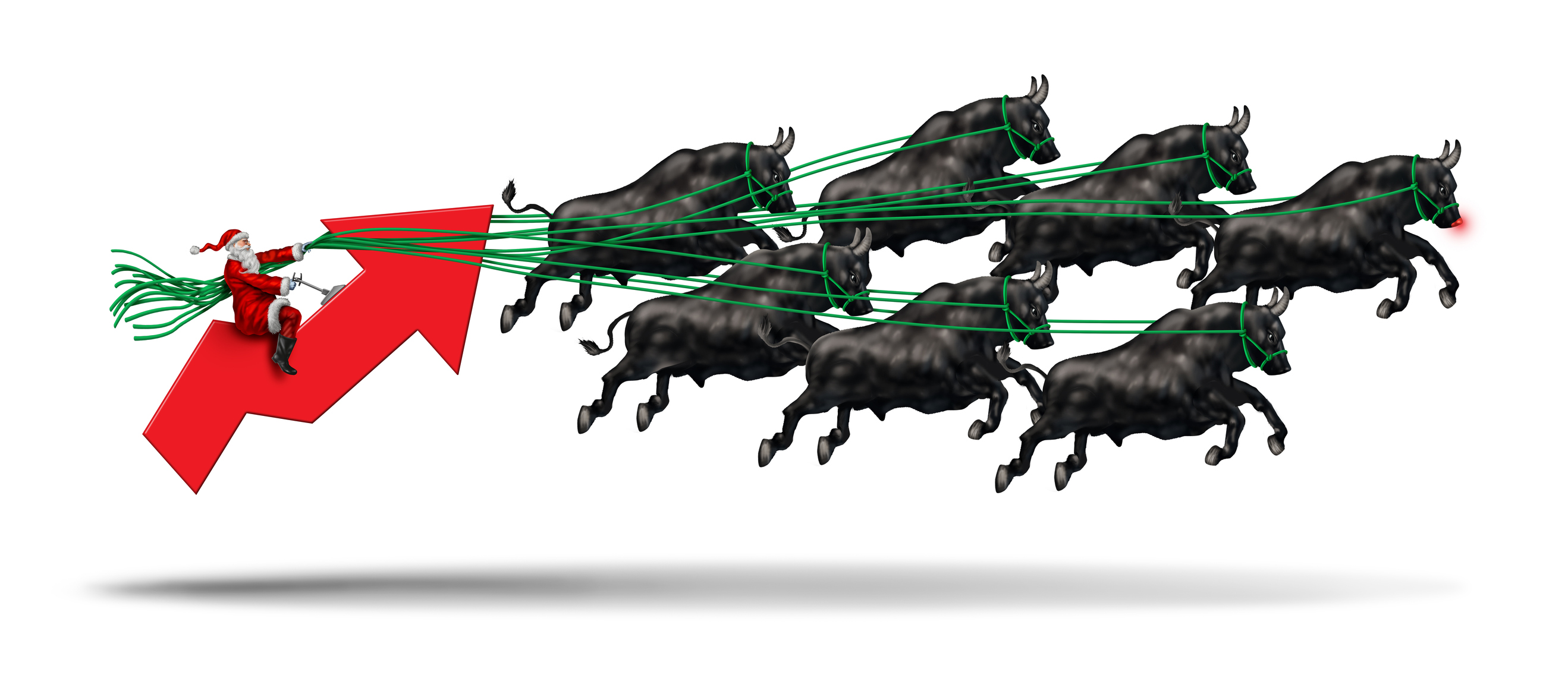Three Reasons for Optimism on Housing
Don’t get buffeted by changing winds. The housing recovery is real.

The housing market rebound that began a year ago is very much intact, so don’t get sidetracked or confused by recent and almost unprecedented volatility due mostly to on-again, off-again tax incentives. The 2009 tax credit -- worth $8,000 for first time buyers -- hugely lifted sales. And even though it was followed in November with a more generous package, sales collapsed from December through February because most of the bargain hunters had already made their move, and time was required for others to respond. They did respond, however, with sales rising sharply this spring. Looking ahead, I expect we’ll see another mini-collapse of home sales in the June-July period, after the current program winds down.
Not surprisingly, the volatility in data led to manic depression, with waves of ebullience followed by crashing confidence. Neither is correct. Filtering out the distracting noise reveals an underlying signal of steady, if unspectacular, improvement. For example, even the relapse in home sales during the dismal December-February period showed purchases running at an annual rate of 5.5 million units. That represents an 11% improvement over the first three months of 2009 -- before any meaningful incentives were in place. This is as close as I can get to an apples-to-apples comparison.
Home prices are another area of confusion, with data allowing optimists and pessimists to selectively make their case. The median sales price for new homes, for example, was down 9.5% in April, compared with one year ago. Not good!
From just $107.88 $24.99 for Kiplinger Personal Finance
Become a smarter, better informed investor. Subscribe from just $107.88 $24.99, plus get up to 4 Special Issues

Sign up for Kiplinger’s Free Newsletters
Profit and prosper with the best of expert advice on investing, taxes, retirement, personal finance and more - straight to your e-mail.
Profit and prosper with the best of expert advice - straight to your e-mail.
Close examination, however, shows that April sales were skewed toward the South and Midwest, where prices are below the national average. A better measure that controls for such distortions is the Case-Shiller Index, which looks only at identical properties that sold more than once. Its result: Prices were up 2% in the year ending in the first quarter, compared with a dismal 15% decline over the previous year. Not bad!
So, home sales are rising and house prices are rising. More importantly, the outlook remains favorable, and the recovery will endure, even after the latest tax incentives die out.
Here are three reasons why I believe the recovery will continue:
•First, house prices are exceptionally affordable. It now takes 18% of the typical household income to meet principal and interest payments on a single-family home, which compares fabulously with the long-term averages of 26%. Even if mortgage rates immediately jumped from 5% to 6% (which I doubt), the carrying cost only goes to 21% of household income.
•Second, confidence is improving. While sentiments aren’t critical for all consumer purchases, they are when taking on expensive, long-term commitments. And according to recent surveys from the University of Michigan, about three-quarters of Americans believe this is a “good time to buy.” If near-term results reinforce the view that prices are on the mend (as I expect), this should only improve.
•Third, credit conditions will ease up. According to the Federal Reserve’s April Survey of Senior Loan Officers, “most banks reported essentially no change in their standards on prime and nontraditional mortgages over the past three months.” Even though it was the first time in four years lenders weren’t tightening, that’s not good enough. But just as buyers want to be convinced of price stability before buying, lenders want the same assurance before lending. At the moment, that conclusion is tentative, but I expect it will firm up in the months ahead, with credit flowing more freely as a result.
Profit and prosper with the best of Kiplinger's advice on investing, taxes, retirement, personal finance and much more. Delivered daily. Enter your email in the box and click Sign Me Up.

-
 The Santa Claus Rally Officially Begins: Stock Market Today
The Santa Claus Rally Officially Begins: Stock Market TodayThe Santa Claus Rally is officially on as of Wednesday's closing bell, and initial returns are positive.
-
 How to Leave Different Amounts to Adult Children Without Causing a Rift
How to Leave Different Amounts to Adult Children Without Causing a RiftHere’s how to leave different amounts to adult children without causing a family rift.
-
 My Retirement Learning Curve, 1 Year In
My Retirement Learning Curve, 1 Year InA retiree checks in with what they wish they knew early on and what they've changed about their plan one year in.
-
 What to Expect from the Global Economy in 2026
What to Expect from the Global Economy in 2026The Kiplinger Letter Economic growth across the globe will be highly uneven, with some major economies accelerating while others hit the brakes.
-
 Amid Mounting Uncertainty: Five Forecasts About AI
Amid Mounting Uncertainty: Five Forecasts About AIThe Kiplinger Letter With the risk of overspending on AI data centers hotly debated, here are some forecasts about AI that we can make with some confidence.
-
 Worried About an AI Bubble? Here’s What You Need to Know
Worried About an AI Bubble? Here’s What You Need to KnowThe Kiplinger Letter Though AI is a transformative technology, it’s worth paying attention to the rising economic and financial risks. Here’s some guidance to navigate AI’s future.
-
 Will AI Videos Disrupt Social Media?
Will AI Videos Disrupt Social Media?The Kiplinger Letter With the introduction of OpenAI’s new AI social media app, Sora, the internet is about to be flooded with startling AI-generated videos.
-
 What Services Are Open During the Government Shutdown?
What Services Are Open During the Government Shutdown?The Kiplinger Letter As the shutdown drags on, many basic federal services will increasingly be affected.
-
 The Economy on a Knife's Edge
The Economy on a Knife's EdgeThe Letter GDP is growing, but employers have all but stopped hiring as they watch how the trade war plays out.
-
 Apple Readies for AI Upgrade with New iPhones
Apple Readies for AI Upgrade with New iPhonesThe Kiplinger Letter The tech giant has stumbled when it comes to artificial intelligence, but a new batch of iPhones will help it make headway.
-
 Japan Enters a New Era of Risk and Reform
Japan Enters a New Era of Risk and ReformThe Kiplinger Letter Japan has entered a pivotal moment in its economic history, undertaking ambitious policy and structural reforms to escape from decades of stagnation.